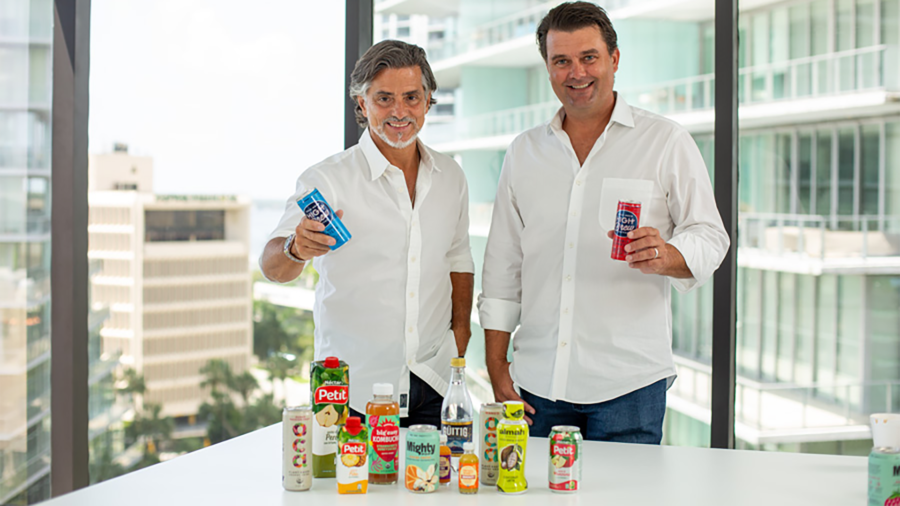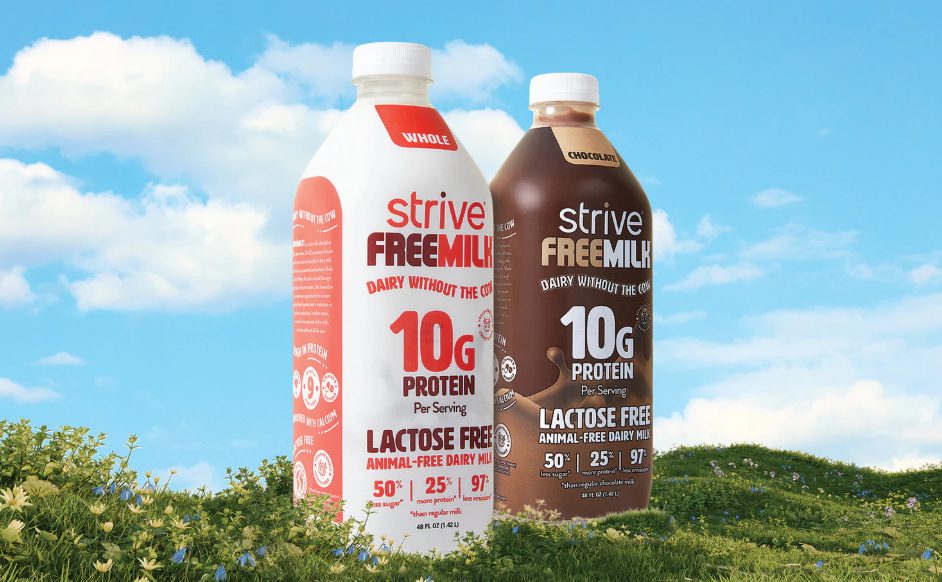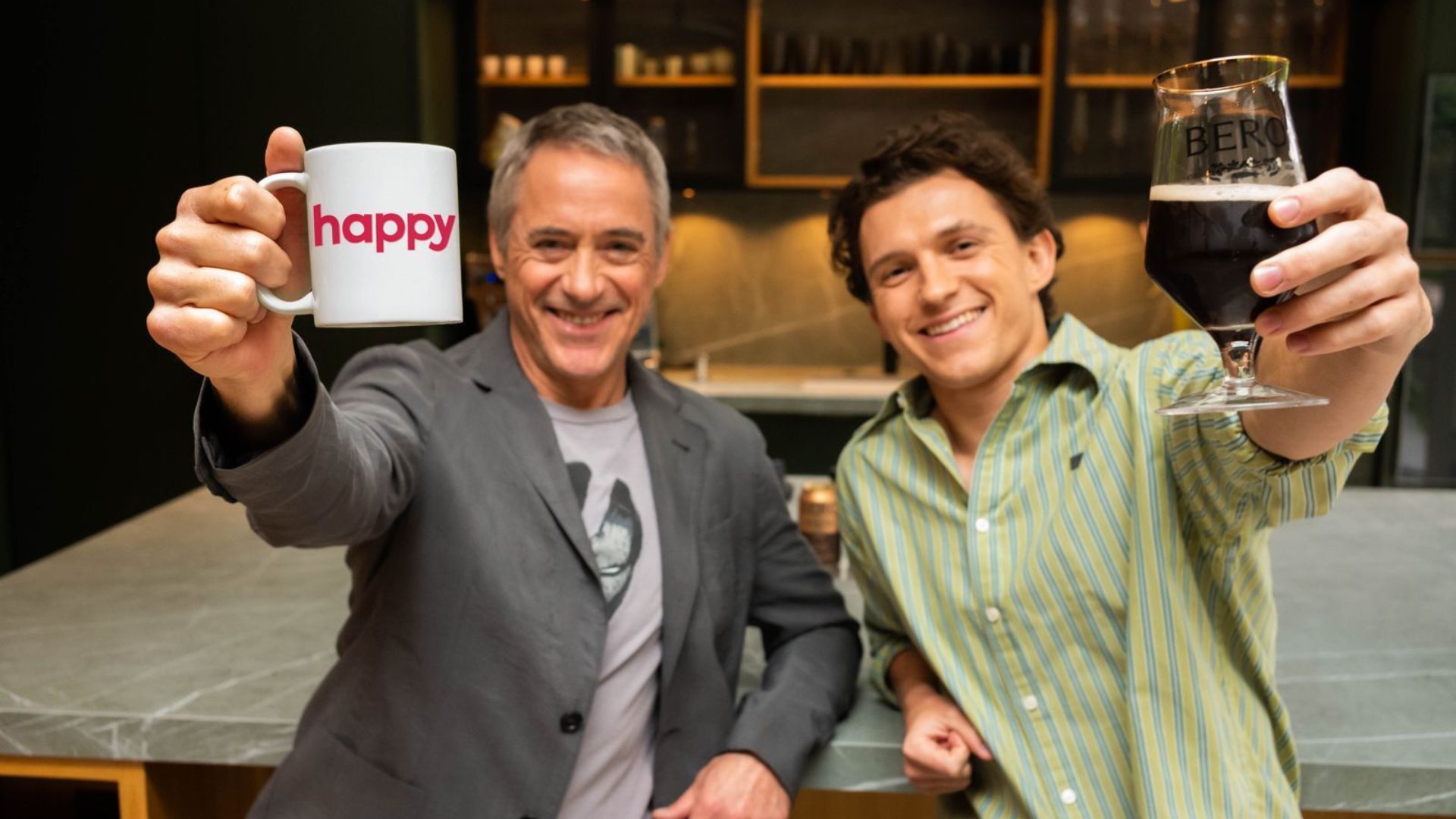The non-alcoholic, ready-to-drink beverage category appears poised for significant growth. Consider: in 2023 the revenue in the non-alcoholic drinks market amounts to $53.1 billion dollars.
Beliv, a fast-growing, better-for-you beverage brand, is eager to seize opportunity in the Latin American market.
As a result, The Food Institute caught up with Reinaldo Padua, Beliv’s chief brand officer, to discuss the current state of the segment. The brand recently acquired a 78% stake in High Brew, a leading brand in the cold brew coffee RTD category that’s exhibiting rapid growth in the U.S. The following interview was lightly edited, for brevity.
The Food Institute: What opportunities does Beliv’s alliance with High Brew provide, and what does it mean for the North American and Latin American markets?
Reinaldo Padua: There are two main opportunities from this acquisition:
First, High Brew strengthens our natural energy portfolio. High Brew provides another way to offer natural energy with coffee through the cold brew process, which gives you the refreshing and indulgent energy of the RTD Coffee with a less acidic product. Our vision is to keep expanding this great product into more places and channels in the U. S. then to consumers around the world.
The second one is that High Brew, with its excellent commercial team and capabilities, provides Beliv with an amazing platform to increase the availability of our portfolio of brands, including OCA, Mighty Pop, Big Easy and Guitig, to more places and to more channels in the U.S.
FI: What does it take to appeal to Latin American consumers these days?
Padua: In our experience, it’s very similar to what it takes to appeal to consumers around the world.
Taste continues to be king in terms of appealing to consumers; particularly with products coming from Latin America, where consumers have an expectation of an indulgent taste from our rich nature.
The point that has been evolving is the expectation about what the beverage does for me; consumers are looking more and more for functional benefits that they can get from their beverages. Also, they want that with the minimal calories and a positive impact to society.
The second element that we look for is to create a ritual with consumers. It’s not only about bringing the product, but also giving it a role in your day-to-day life. The third point has to do with having our products available at the location when that ritual is happening and at the right price, providing affordability. Pricing is directly connected to the first point; the more unique and relevant the benefit of the brand, the stronger the ability of the brand to command a premium in the market.
FI: What’re the next key steps or strategies for Beliv?
Padua: There are four main fronts in our growth strategy: First is renovation. This is all about keeping our iconic brands current. We do this by understanding the physical and emotional tensions of consumers and making sure our brands stay relevant to them. In a recent initiative, we renovated our zero-sugar fruit flavor soda, Frutaris, reconnecting it to post-covid teenagers’ tensions, including Frutaris Instagram.
Next is innovation. A great example of that is Guitig Limonada, made with Guitig naturally sparkling volcanic water and natural lemon essence, which offers a healthier and more natural alternative to traditional lemon-lime sodas.
The third strategy is incubation, it refers to more disruptive products which create new propositions to the industry. An ideal example of this strategy is Mighty Pop, which offers superior gut health functionality through the combination of pre-, pro- and post-biotics.
The fourth strategy is acquisition. When we identify an unsatisfied consumer need, we first try to tackle it. However, in some instances, it’s faster or less expensive to do it through acquiring an existing brand. That’s the case of High Brew.
There’s no doubt that innovation, sustainability, health and culture/rituals are the main pillars that the beverage industry has to consider in order to grow in the Latin American and North American markets.











